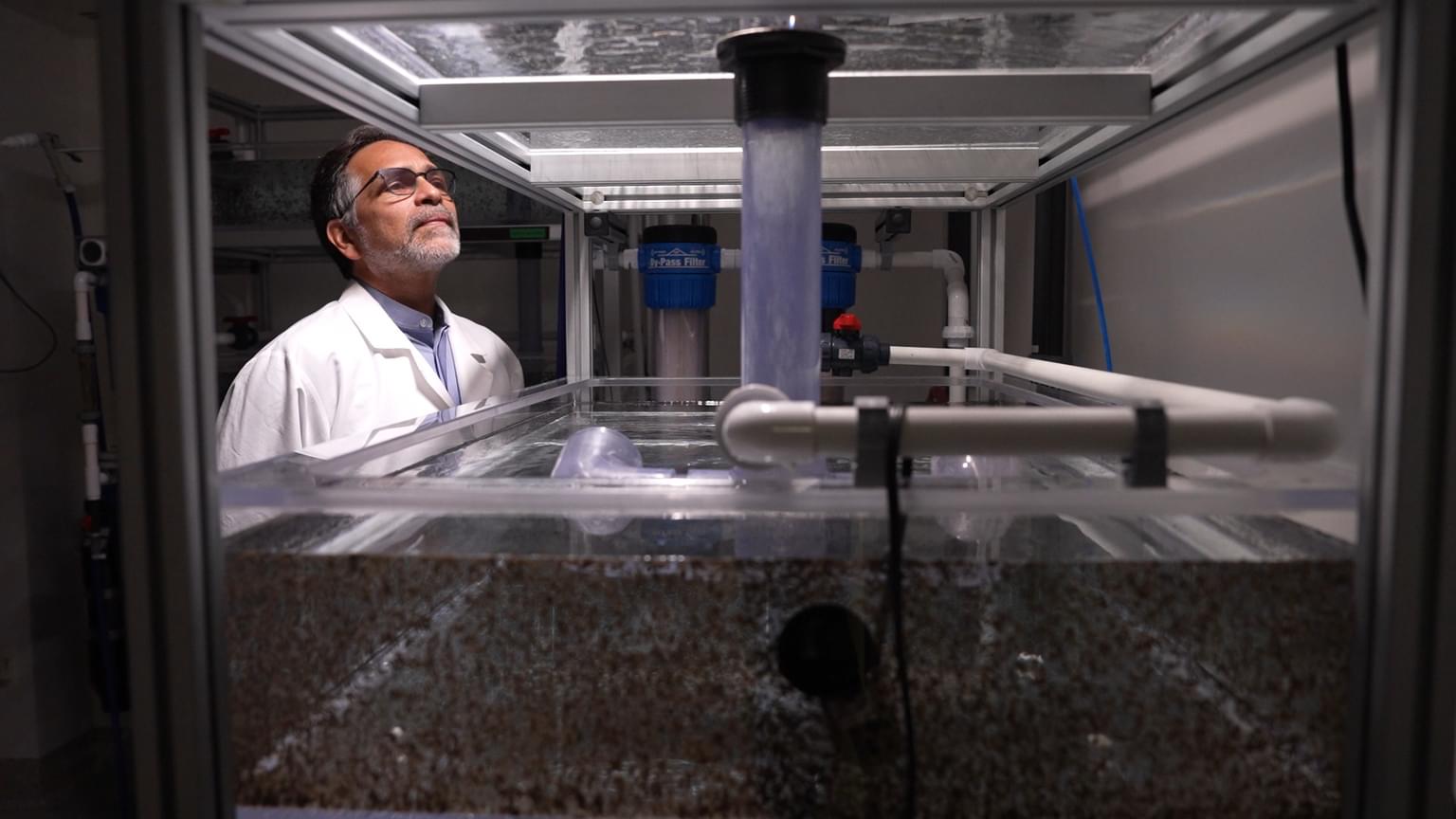Apple snails have eyes that are anatomically similar to vertebrate eyes, including those in humans, with a lens, cornea, and retina. The researchers identified that a gene called pax6—known to play a crucial role in vertebrate and fruit fly eye development—is also present in apple snails.
“A key gene governing eye development in vertebrates is pax6, and we showed for the first time that apple snails not only have pax6 but also that this gene is critical for their eyes to develop,” said Accorsi.
In the lab, the team optimized the gene-editing technique CRISPR-Cas9 for apple snails that allowed them to disrupt pax6 gene function. The new line of snails was healthy yet noticeably missing their eyes.
“There were two big moments where I felt this was something that could be important for the entire scientific community,” said Accorsi. “The first was discovering that the snail eye was just like a human eye. The second was observing these tiny embryos without eyes after disrupting pax6, and realizing we can use snails as a system for understanding gene function.”
“To have a research system that regenerates eyes, combined with the ability to do genetics in that system is among the first efforts in the history of science to gain a mechanistic understanding of the processes that underpin the restoration of a sensory organ as complex as the eye—from injury all the way to its regeneration,” said Sánchez Alvarado.
Angus Davison, Ph.D., a professor at the University of Nottingham commented on the potential of the study. “Previously, progress in understanding mollusks and their genomes has been limited because there is no widely used genetically tractable species,” he said. “This work showcases the potential of apple snails as a novel system to uncover the genetic mechanisms behind mollusk development.”
For each stage of eye regeneration, the team collected and analyzed gene activity. This information about the timing of gene expression can be used to narrow down which genes are likely most promising for eye regeneration.
“We now have a list of candidate genes,” said Accorsi. “Going forward, we plan to disrupt these genes to test if they are required for regeneration and development of the eye.”
“With a little bit of effort, a little bit of ingenuity, and a great deal of persistence, biology that seemed inaccessible is no longer a pipe dream,” said Sánchez Alvarado. “Our work with the apple snails is proof positive—it really is possible to bring something that was far beyond what we thought we could do into the realm of real possibility to advance biological knowledge.”
“It was a big risk,” said Sánchez Alvarado. “But it worked.”
Additional authors include Brenda Pardo, Ph.D., Eric Ross, Ph.D., Timothy Corbin, Ph.D., Melania McClain, Ph.D., Kyle Weaver, Ph.D., Kym Delventhal, Ph.D., Jason Morrison, Ph.D., Mary Cathleen McKinney, Ph.D., and Sean McKinney, Ph.D.
This work was funded by the Howard Hughes Medical Institute, the Society for Developmental Biology, the American Association for Anatomy, and by institutional support from the Stowers Institute for Medical Research.
About the Stowers Institute for Medical Research
Founded in 1994 through the generosity of Jim Stowers, founder of American Century Investments, and his wife, Virginia, the Stowers Institute for Medical Research is a non-profit, biomedical research organization with a focus on foundational research. Its mission is to expand our understanding of the secrets of life and improve life’s quality through innovative approaches to the causes, treatment, and prevention of diseases.
The Institute consists of 20 independent research programs. Of the approximately 500 members, over 370 are scientific staff that include principal investigators, technology center directors, postdoctoral scientists, graduate students, and technical support staff. Learn more about the Institute at www.stowers.org and about its graduate program at www.stowers.org/gradschool.
Media Contact:
Joe Chiodo, Director of Communications
724.462.8529
press@stowers.org









